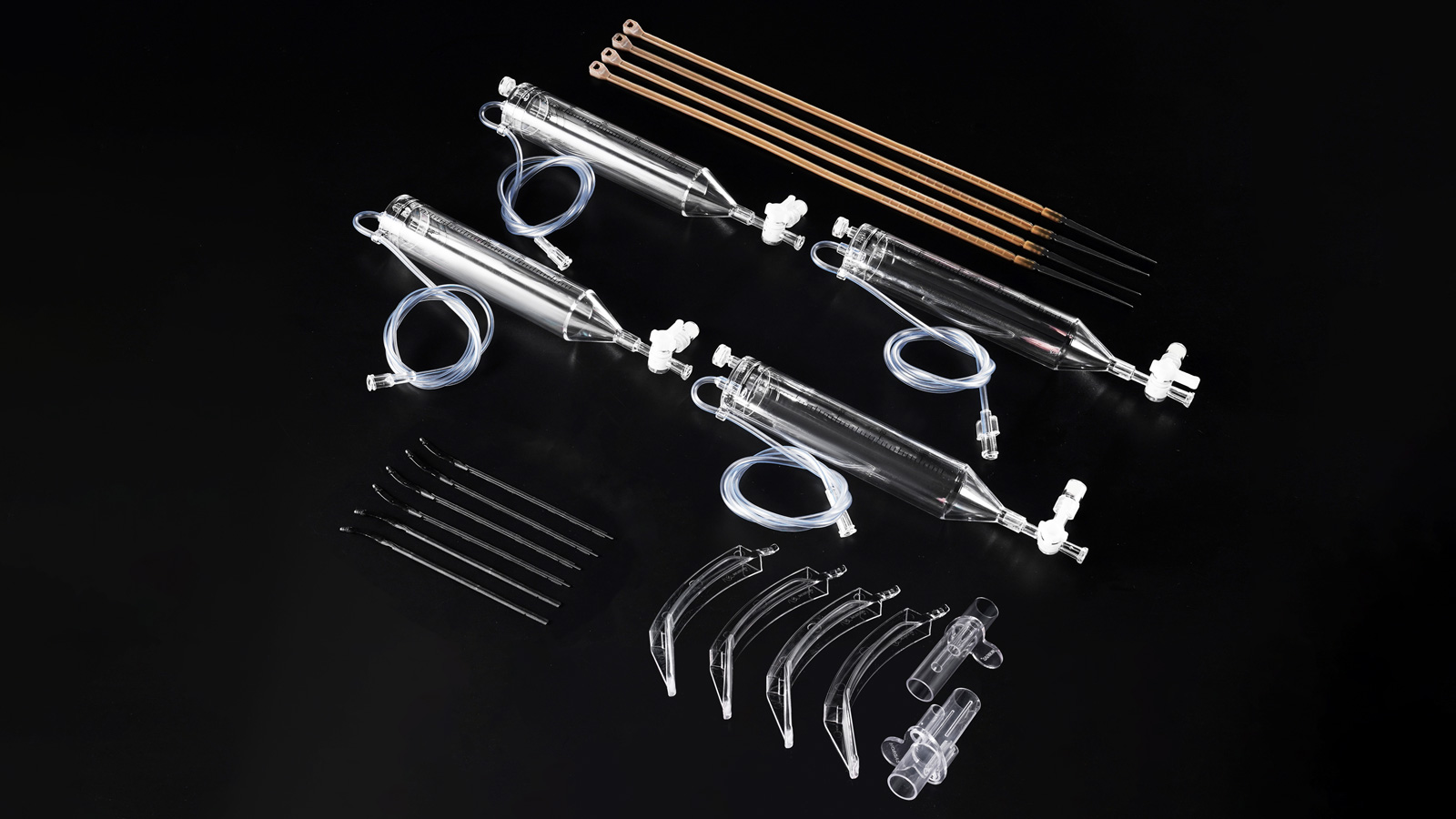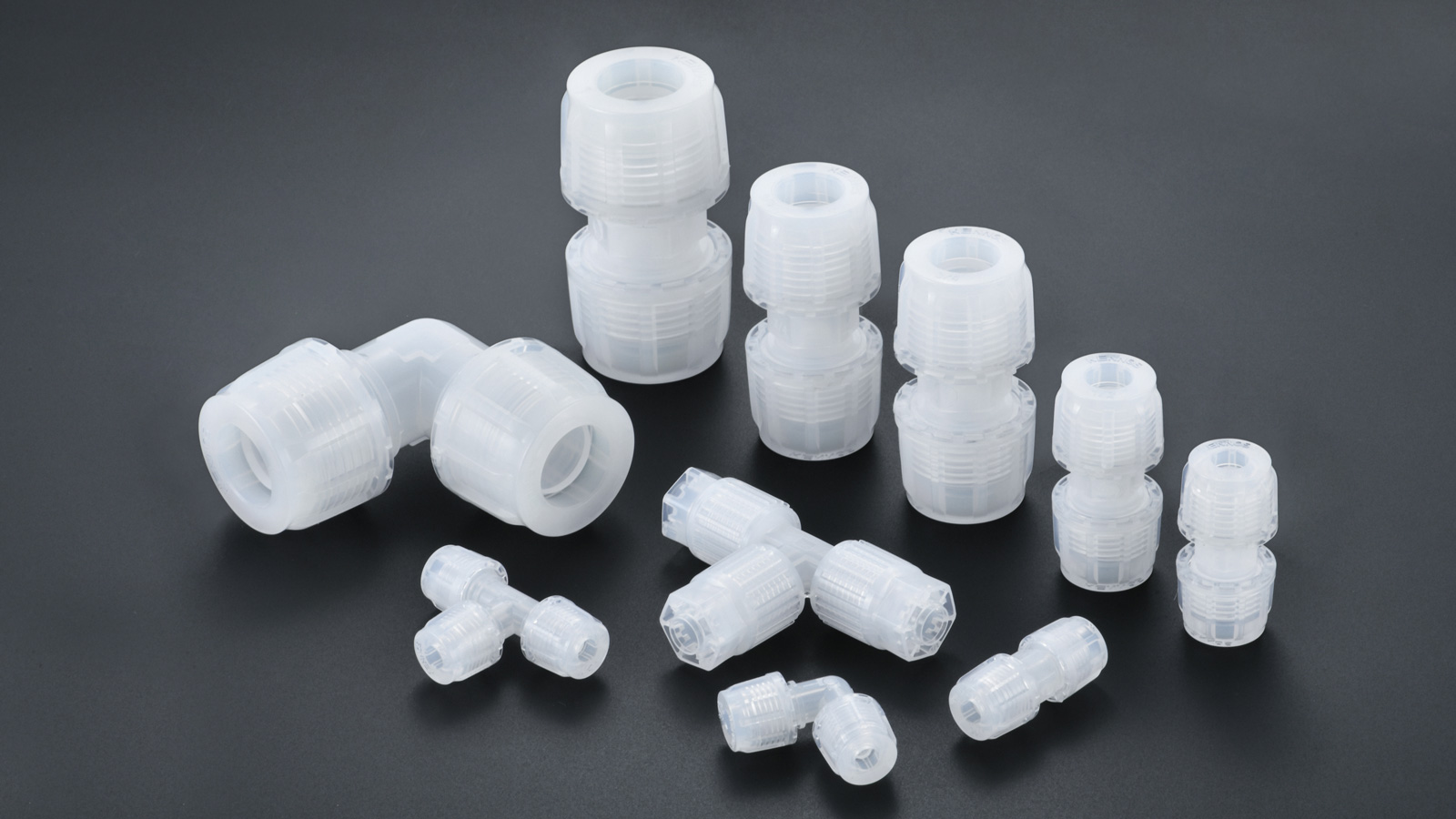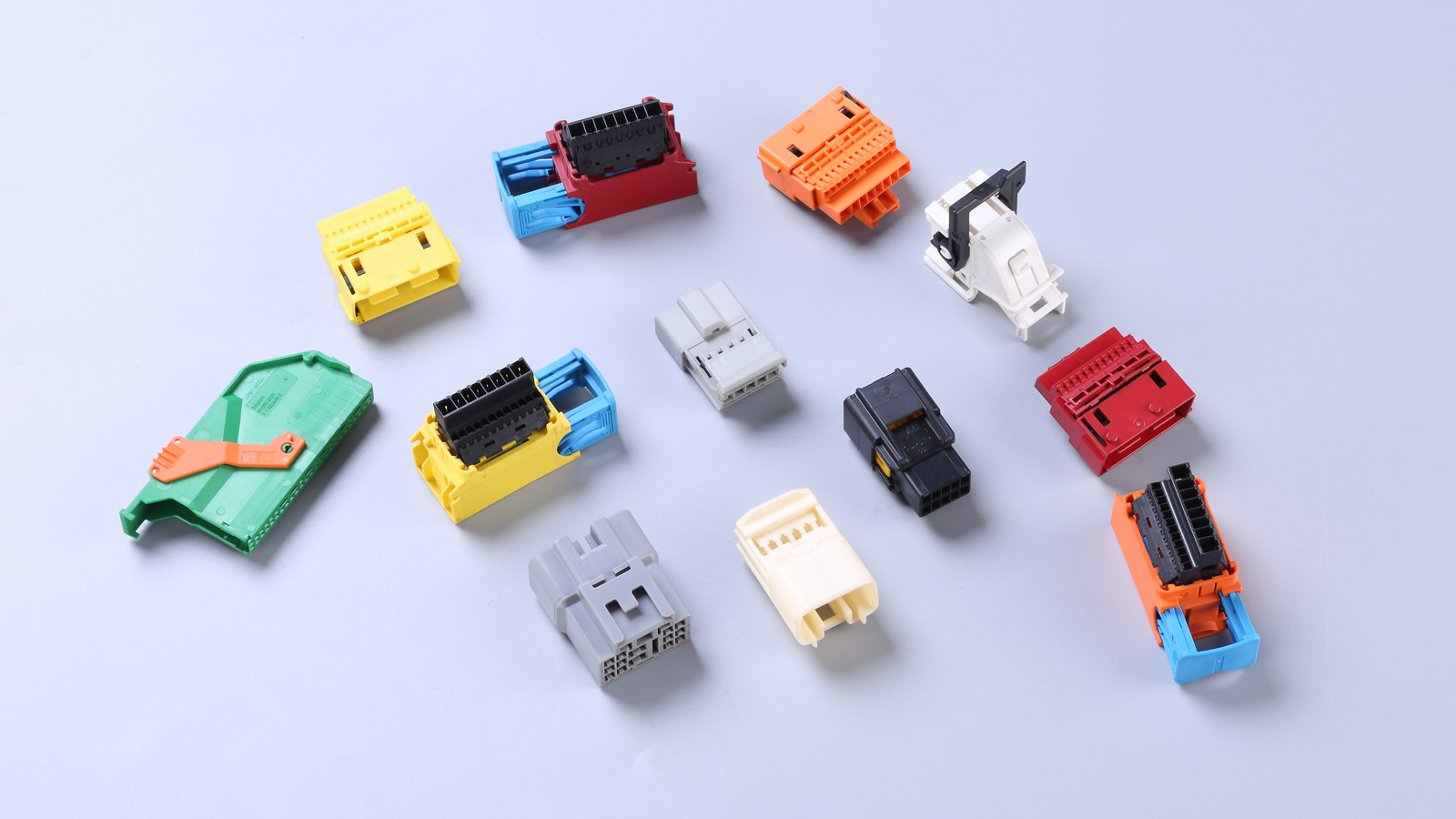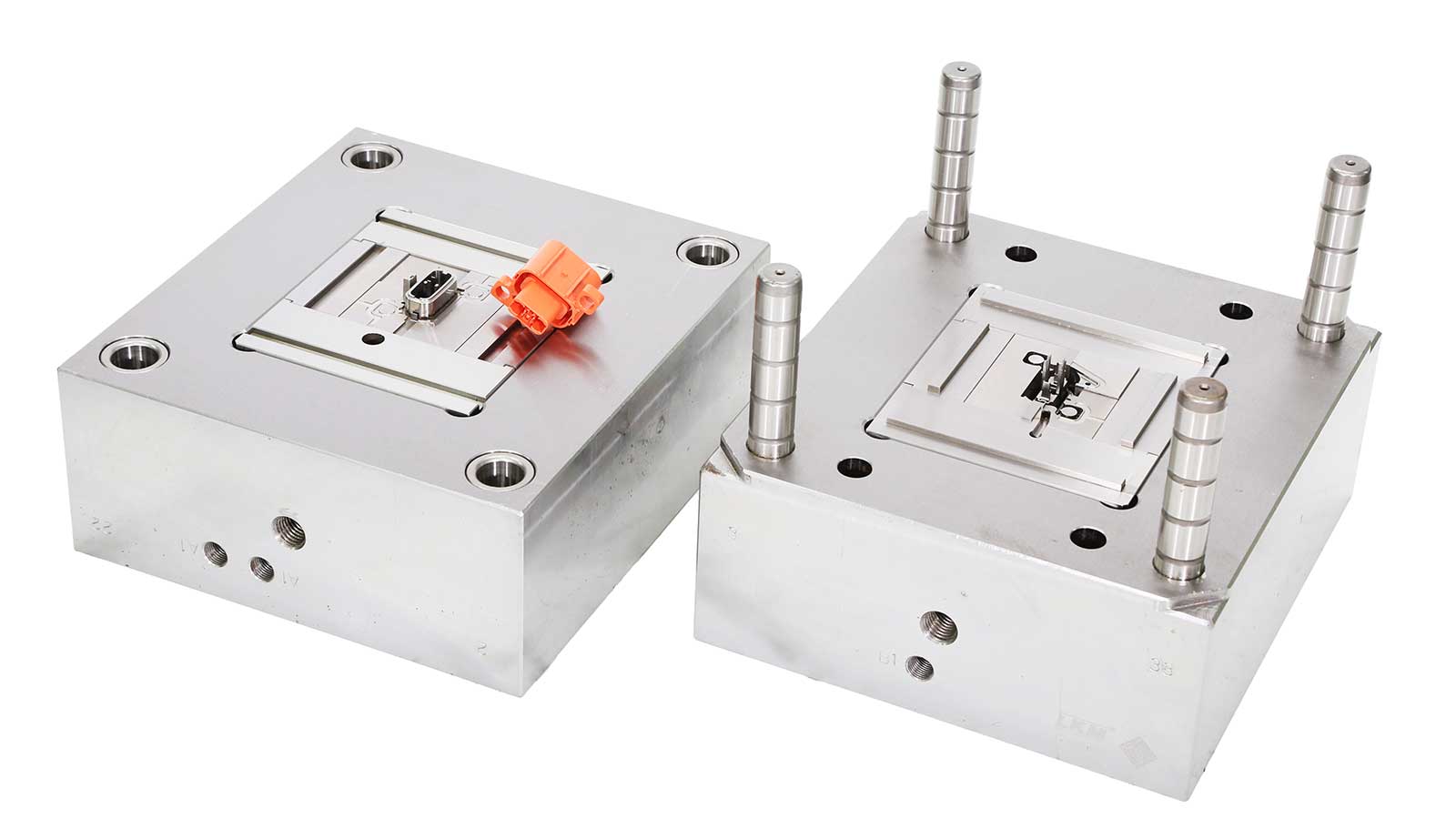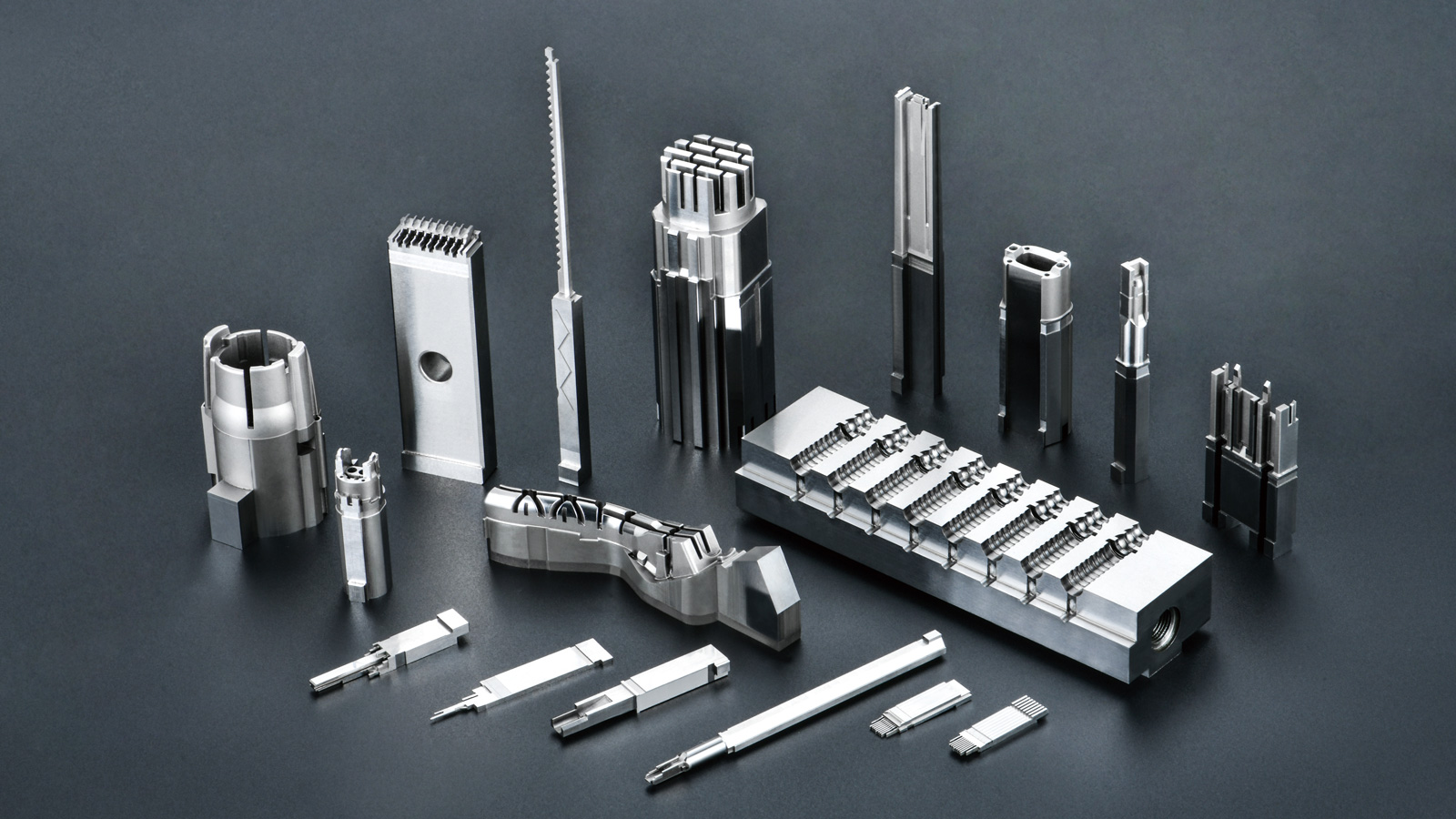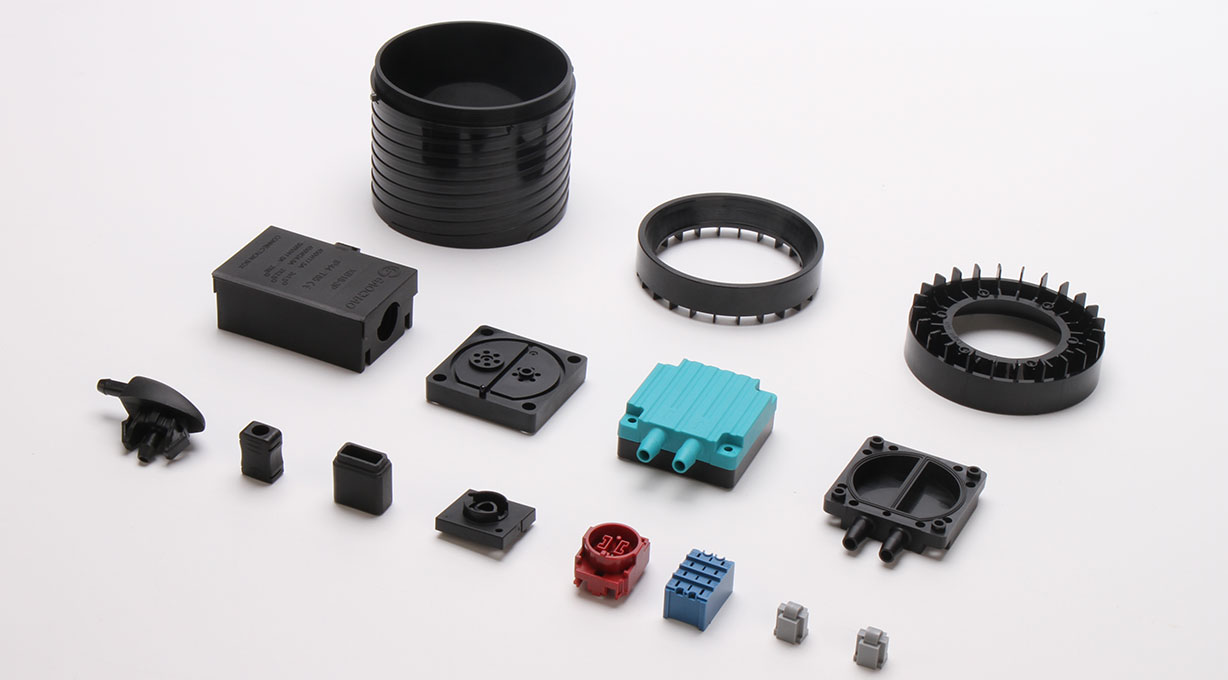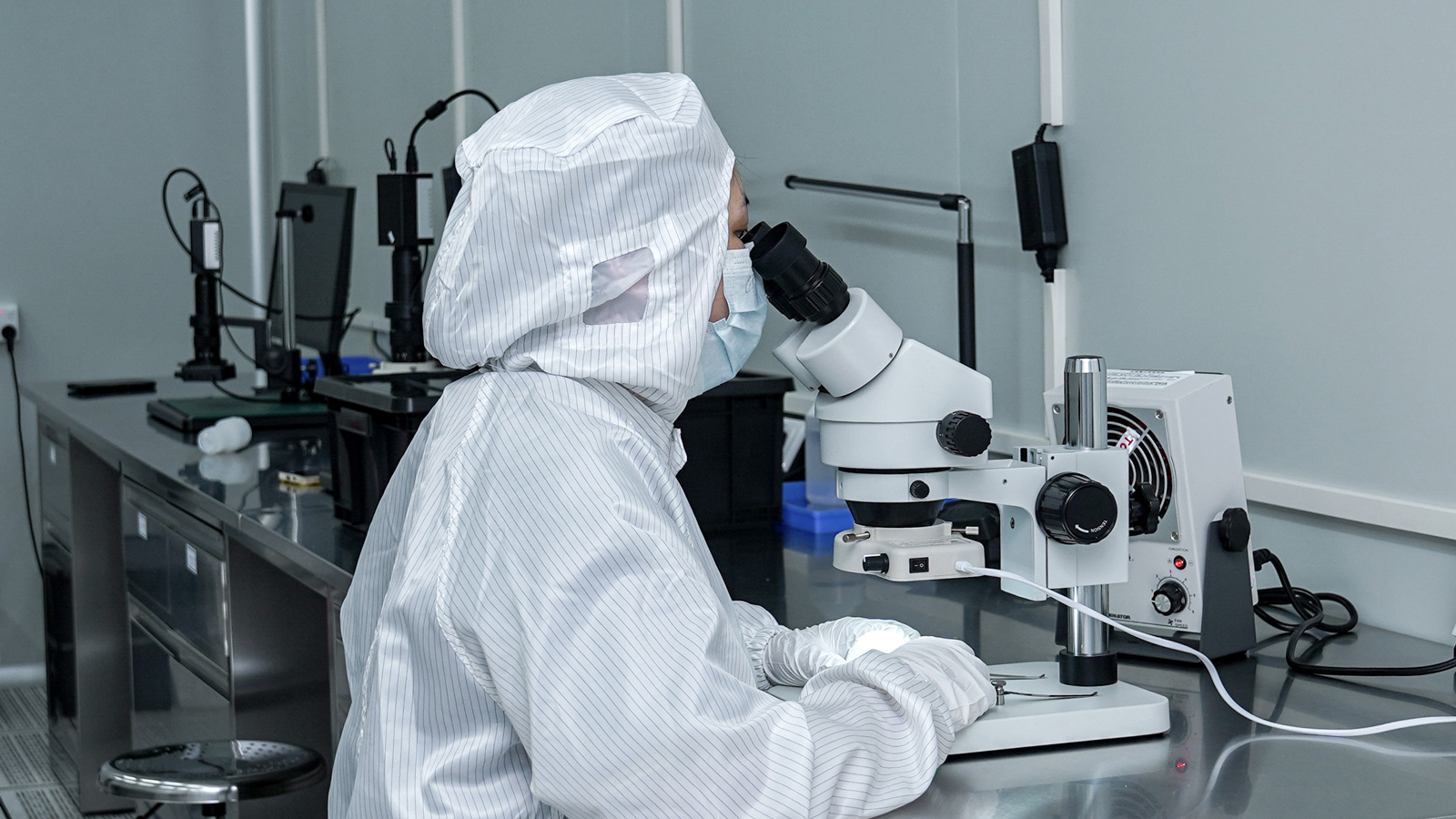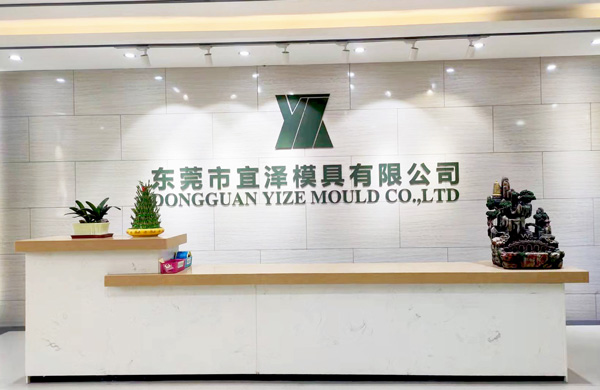Plastic injection molding is a widely – used manufacturing process in modern industry, capable of efficiently producing a diverse range of plastic products. However, in actual production, the issue of cracks is like a “time bomb”. It can not only lead to sub – standard product quality but also cause functional defects, seriously affecting the market competitiveness of products. This article will delve into the root causes of crack problems in plastic injection molding and elaborate on targeted preventive and solution measures.
I. Root Causes of Cracks
(A) Improper Material Selection
The characteristics of plastic materials vary significantly. Different types of plastics have distinct melting temperatures, fluidity, and shrinkage rates. If incompatible plastics are used during the injection molding process or low – quality materials are employed, it is highly likely to cause crack problems. For example, some plastics with a high shrinkage rate may generate internal stresses due to uneven shrinkage during the cooling process, leading to cracks.
(B) Uncontrolled Injection Molding Parameters
The process parameters in injection molding, such as temperature, pressure, and speed, act as precise “regulators”. Even minor changes in these parameters can have a significant impact on the molding quality of products. When the injection temperature is too high, the plastic may decompose, resulting in a decline in material properties and an increased risk of cracks. On the other hand, a low temperature can reduce the fluidity of the plastic, leading to insufficient filling and internal defects. Imbalanced pressure and an excessively long filling time can also cause uneven internal stress distribution in the product, ultimately triggering cracks.
(C) Defects in Mold Design and Manufacturing
The mold is a crucial tool in injection molding. Its structural design, surface finish, and material selection all have a profound impact on product quality. An unreasonable mold structure can cause the plastic to encounter uneven resistance during the flow process, resulting in stress concentration. Surface wear on the mold can lead to surface defects on the product, which may then cause cracks. Moreover, an inappropriate choice of mold material can lead to chemical reactions between the mold and the plastic during the injection molding process, affecting product quality.
(D) Poor Equipment Condition
The maintenance and performance stability of injection molding equipment are essential factors for ensuring product quality. Unstable equipment operation, such as a malfunctioning heating system or a faulty pressure sensor, can prevent accurate control of injection molding parameters, leading to product cracks. Additionally, equipment aging can also reduce its performance and increase the likelihood of crack formation.
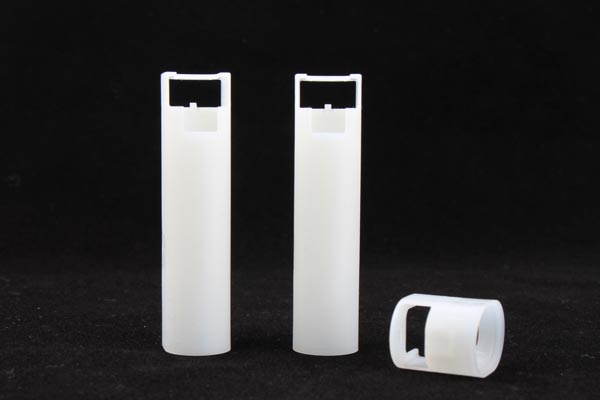
II. Effective Strategies for Preventing and Solving Crack Problems
(A) Rational Material Selection and Strict Quality Control
Select appropriate plastic materials according to the specific requirements of the product. When choosing materials, fully consider factors such as their physical, chemical, and processing properties. Ensure the reliability of raw material quality by selecting reputable suppliers and conducting strict inspection and testing of raw materials to avoid using low – quality materials.
(B) Optimizing Injection Molding Process Parameters for Precise Control
Accurately controlling injection temperature, pressure, and speed is the key to reducing crack formation. Through experiments and data analysis, determine the optimal combination of process parameters to ensure sufficient but not excessive filling and balanced pressure at the boundary areas. Advanced injection molding control systems can be used to monitor and adjust process parameters in real – time, reducing internal stresses in the product and lowering the probability of crack formation.
(C) Optimizing Mold Design and Manufacturing to Improve Mold Quality
Adopt a reasonable mold structural design to avoid areas of stress concentration. Improve the surface finish and hardness of the mold to reduce friction between the plastic and the mold surface and minimize surface defects on the product. Select appropriate mold materials to ensure good wear resistance, corrosion resistance, and thermal stability. Strictly control the machining accuracy during mold manufacturing to ensure that the mold’s dimensions and shape meet the design requirements.
(D) Regular Equipment Maintenance to Ensure Stable Operation
Establish a comprehensive equipment maintenance system and regularly inspect and maintain injection molding equipment. Replace worn – out parts in a timely manner to ensure the normal operation of key components such as the heating system and pressure sensors. Regularly calibrate and debug the equipment to maintain its performance stability. Strengthening equipment maintenance can extend the equipment’s lifespan and avoid crack problems caused by poor equipment condition.
(E) Strengthening Quality Control and Inspection to Detect Problems Promptly
Quality control and inspection are the last line of defense against crack problems. Establish a comprehensive quality control system to manage all aspects of quality, from raw material procurement and production process monitoring to finished product inspection. Utilize advanced testing equipment and techniques, such as X – ray inspection and infrared imaging, for non – destructive testing of products. Timely detect and repair tiny cracks to ensure that product quality meets standards and enhance market competitiveness.
III. Conclusion
Crack problems are common and complex in plastic injection molding. To effectively solve these problems, a comprehensive and systematic approach is required, covering aspects such as material selection, process optimization, mold design, equipment maintenance, and quality control. Design engineers should fully consider factors such as material properties, molding processes, and mold design during the product design stage. By optimizing the product structure or adding support structures, they can reduce or eliminate stress concentration. At the same time, strengthening employee training to improve their operational skills and quality awareness is also an important part of preventing crack problems. Only by paying close attention to every link and taking corresponding effective measures can the occurrence of crack problems be minimized, and product quality and production efficiency be improved to meet customer needs and standards.
